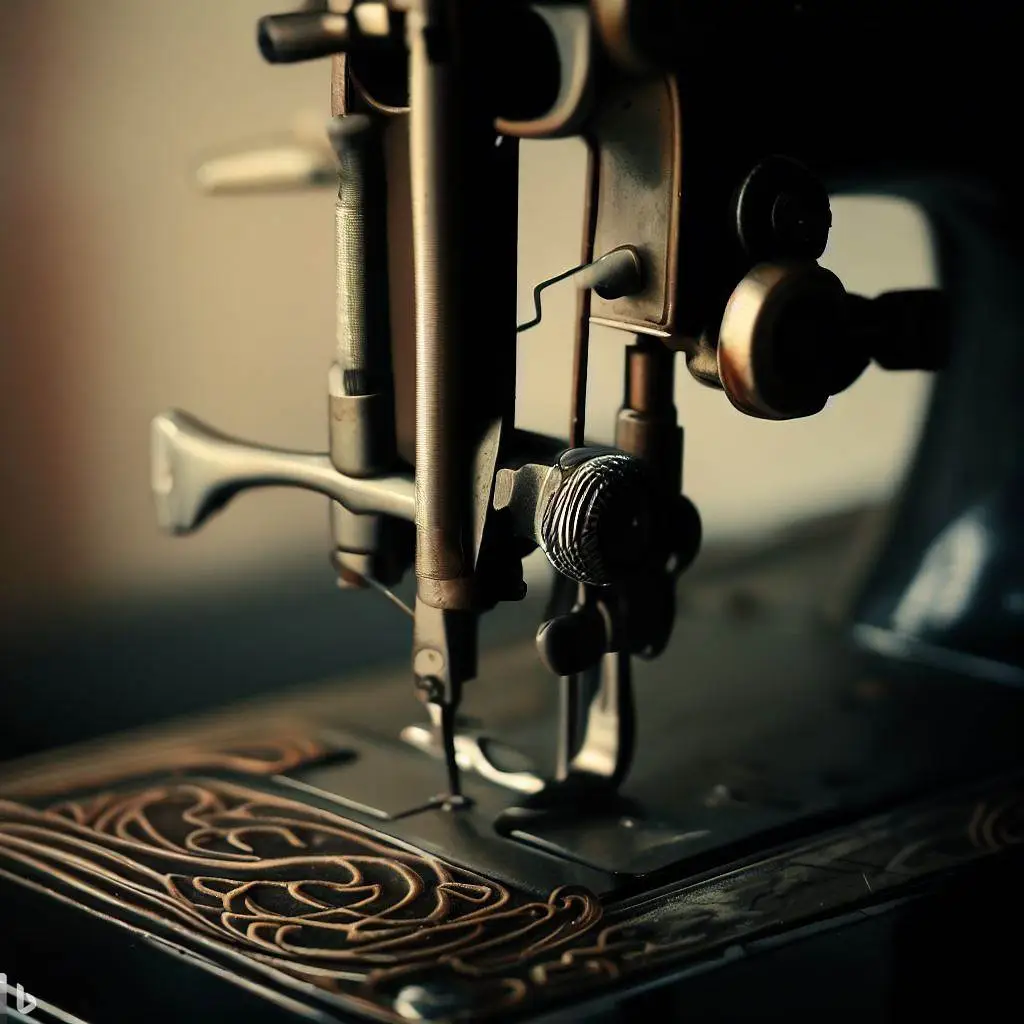Singer sewing machines have earned an enduring reputation for their quality craftsmanship and innovation. Throughout history, Singer has produced a wide range of sewing machines, including the iconic vintage models that continue to captivate collectors and sewing enthusiasts alike.
In this article, we delve into the world of Singer Sewing Machine Vintage, exploring their rich history, notable features, and the enduring appeal they hold for sewing enthusiasts worldwide.
The Legacy of Singer Sewing Machines
Singer, established in 1851 by Isaac Merritt Singer, revolutionized the sewing machine industry. With innovative designs and technological advancements, Singer became a leading manufacturer and synonymous with quality sewing machines. Vintage Singer sewing machines are prized for their durability, precision, and timeless aesthetic.
Identifying Vintage Singer Sewing Machines
Authenticating a vintage Singer sewing machine is crucial for collectors and buyers. These machines are often identified by their distinct characteristics, including the famous “S” badge, the model number, and the machine’s design elements. Serial numbers, which can be found on the machine, provide valuable information about the manufacturing date.
Classic Models and Notable Features
Vintage Singer sewing machines encompass a wide range of models, each with its unique features.
Here are some notable examples:
- Singer Model 15: Introduced in 1879, this model is renowned for its durability, straight stitch capability, and elegant design. It became one of the most popular sewing machines of its time.
- Singer Model 66: Launched in the early 1900s, the Model 66 features a decorative treadle base and an enclosed cabinet. It boasts a smooth running mechanism and has been a favorite among collectors.
- Singer Featherweight: Produced from the 1930s to the 1960s, the Featherweight is a compact and portable machine. Despite its small size, it delivers exceptional performance and is highly sought after by quilters and travelers.
Restoring and Maintaining Vintage Singer Machines
Preserving the functionality and charm of vintage Singer sewing machines requires proper care and maintenance. Regular cleaning, oiling, and belt replacement are essential. Authentic replacement parts, including bobbins and needles, can be found through specialized vintage sewing machine dealers or online communities.
The Allure of Vintage Singer Sewing Machines
Vintage Singer sewing machines hold a unique appeal for sewing enthusiasts and collectors. Their solid construction, mechanical elegance, and historical significance make them treasured pieces. Many individuals appreciate the craftsmanship and attention to detail that went into their production.
Conclusion
In conclusion, the world of vintage Singer sewing machines offers a glimpse into the rich heritage of sewing technology. From the iconic Model 15 to the beloved Featherweight, these machines represent a combination of artistry, functionality, and historical significance. Whether as collectibles, working machines, or cherished heirlooms, vintage Singer sewing machines continue to enchant and inspire generations of sewers worldwide.
References:
Smith, Jane. “Sewing Through Time: A Comprehensive History of Singer Sewing Machines.” Vintage Sewing Machine Association, 2019.
Miller, Robert. “Collecting Vintage Sewing Machines: A Practical Guide.” Schiffer Publishing, 2017.
Cooper, Emily. “Preserving and Maintaining Vintage Singer Sewing Machines.” Sewing Gazette, vol. 45, no. 3, 2018, pp. 56

